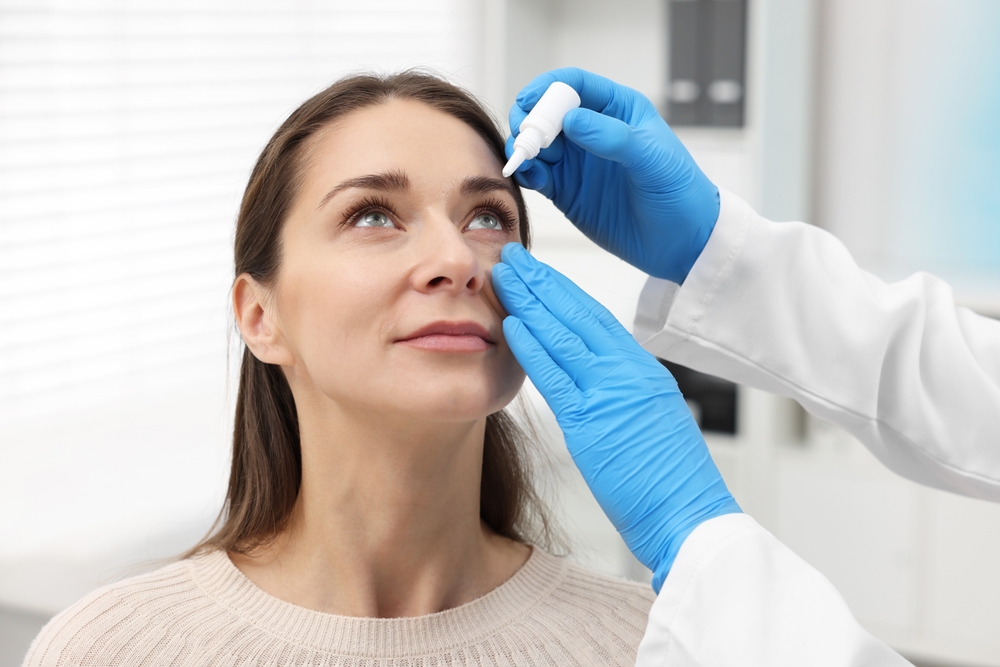
Dry eyes, or dry eye syndrome, is a common condition that affects millions of people worldwide. It occurs when your eyes do not produce enough tears or when the tears evaporate too quickly. This can lead to discomfort, irritation, and even vision problems.
Understanding the Causes of Dry Eyes
There are several factors that can contribute to the development of dry eyes. One of the main causes is meibomian gland dysfunction. The meibomian glands are located in the eyelids and are responsible for producing the oily layer of tears that helps to prevent evaporation. When these glands become blocked or do not function properly, it can lead to a decrease in tear production and dry eyes.
Other common causes of dry eyes include environmental factors such as dry air, wind, and air conditioning. Certain medications, such as antihistamines and decongestants, can also cause dry eyes as a side effect. Aging, hormonal changes, and certain medical conditions like diabetes and rheumatoid arthritis can increase the risk of developing dry eyes.
Common Symptoms of Dry Eyes
Dry eyes can cause a variety of symptoms that can range from mild to severe. Some of the most common symptoms include:
- Dryness: A sensation of dryness or grittiness in the eyes is a hallmark symptom of dry eyes. It may feel as if there is something in your eye that you cannot remove.
- Irritation: Dry eyes can cause redness, itching, and a burning sensation in the eyes. This can be particularly bothersome when exposed to dry or windy environments.
- Blurred Vision: When the eyes are dry, the vision may become blurry or hazy. This can make it difficult to focus on objects or read small print.
- Sensitivity to Light: Dry eyes can cause increased sensitivity to light, known as photophobia. Bright lights may be uncomfortable or even painful to the eyes.
If you are experiencing any of these symptoms, it is important to seek medical attention to determine the underlying cause and receive appropriate treatment.
Diagnosing and Treating Dry Eyes
To diagnose dry eyes, your optometrist will perform a comprehensive eye examination, which may include:
- Symptom Assessment: Your eye doctor will ask about your symptoms and medical history to understand the underlying cause of your dry eyes.
- Tear Evaluation: Your tear film will be evaluated using special dyes and tests to measure tear production and quality.
Once diagnosed, there are several treatment options available to relieve dry eyes:
- Artificial Tears: Over-the-counter artificial tears can provide temporary relief by adding moisture to the eyes. They are available in various formulations, so your eye doctor can recommend the most suitable one for your needs.
- Lifestyle Modifications: Making certain lifestyle changes can help alleviate dry eyes. These may include using a humidifier, avoiding dry or windy environments, taking regular breaks from digital screens, and practicing good eyelid hygiene.
- Prescription Medications: In some cases, your eye doctor may prescribe medications such as anti-inflammatory eye drops or antibiotics to treat underlying conditions or manage symptoms.
Schedule Your Dry Eye Evaluation with Pupila Family Eye and Ear Care Today
Dry eyes can be a frustrating and uncomfortable condition, but with proper diagnosis and treatment, relief is possible. Understanding the causes of dry eyes, such as meibomian gland dysfunction, and recognizing the common symptoms can help you seek appropriate medical attention.
If you are experiencing symptoms of dry eyes, contact our optometrist and take the first step towards finding relief for your dry eyes. Visit Pupila Family Eye and Ear Care at our office in Lantern Lane, located in Houston, Texas. Please call (713) 324-8889 to schedule an appointment today.








